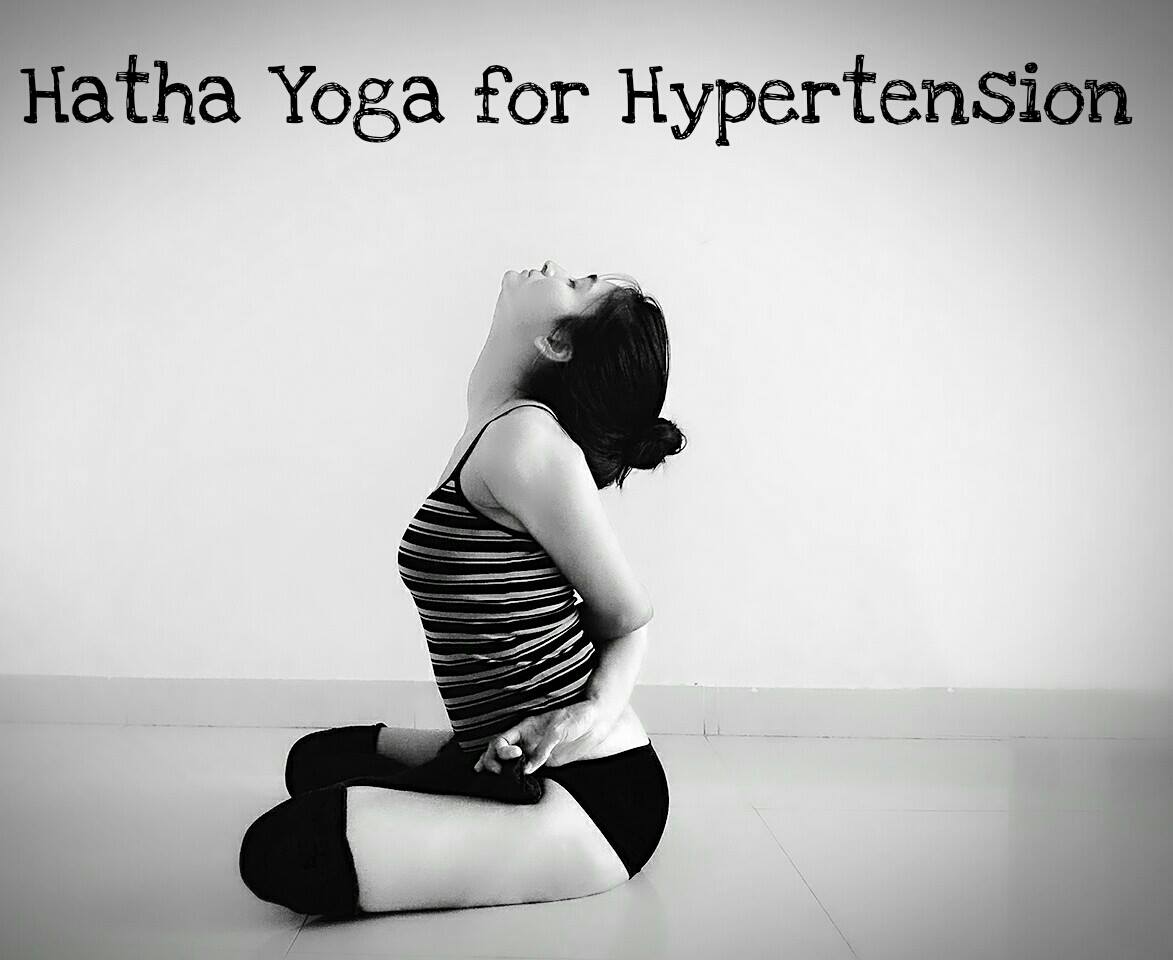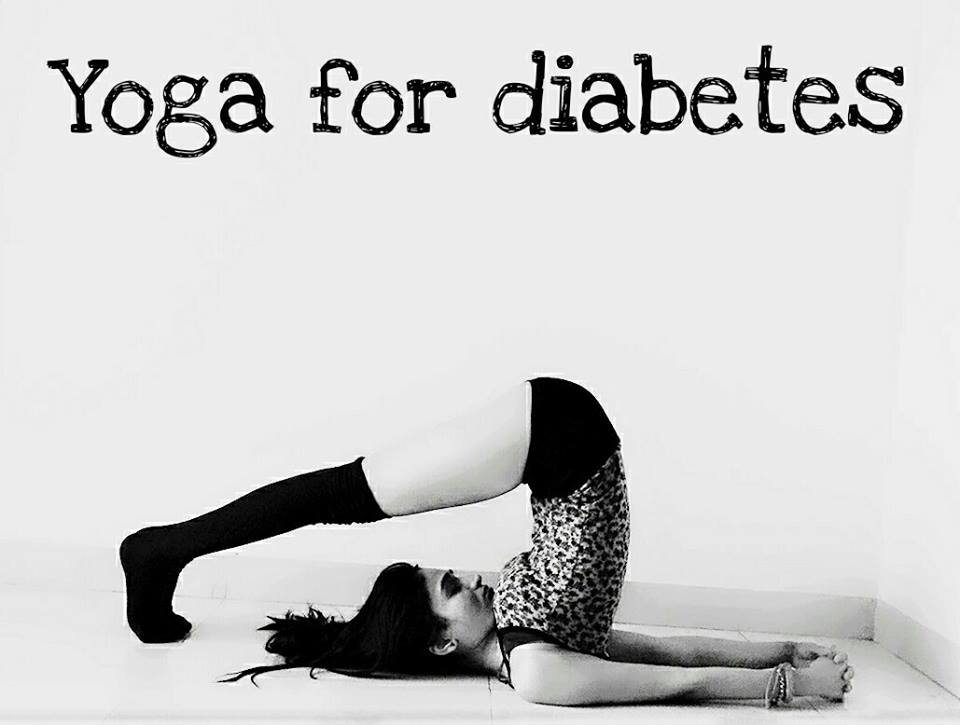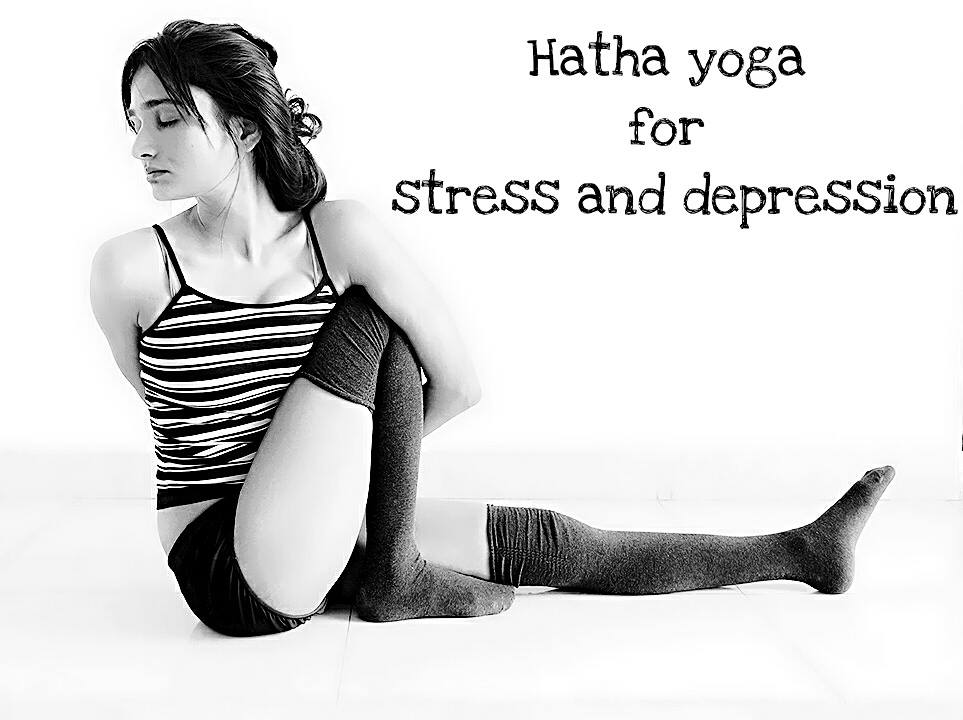Yoga proven effective for hypertension patients
Category : Yoga
 Hypertension is a major public health problem and one of the most important causes of premature morbidity and mortality. Yoga is a traditional Indian practice that has been adapted for use in complementary and alternative medicine and mainly includes physical postures, breathing techniques, and meditation.
Hypertension is a major public health problem and one of the most important causes of premature morbidity and mortality. Yoga is a traditional Indian practice that has been adapted for use in complementary and alternative medicine and mainly includes physical postures, breathing techniques, and meditation.
Lifestyle modification is a cornerstone of hypertension (HPT) treatment, yet most recommendations currently focus on diet and exercise and do not consider stress reduction strategies.
Does yoga therapy reduce blood pressure in patients with hypertension?
Yes, yoga works because it modulates the physiological system of the body, specifically its effect on the heart rate. Also, yoga presents an effective method of treating hypertension that is nonpharmacologic and therefore there are no adverse effects and there are other valuable health benefits. Research suggests that stress is a contributing factor to high BP; hence, the use of the general adaptation syndrome and the most important attribute of yoga, that is, it is a physical and mental exercise program, that is in sync with the philosophy of holistic nursing care where one treats the whole individual and not just the disease. {source}
Yoga and hypertension
A systematic review of all published studies on yoga and hypertension was performed revealing 39 cohort studies, 30 nonrandomized, controlled trials (NRCTs), 48 randomized, controlled trials (RCTs), and 3 case reports with durations ranging from 1 week to 4 years and involving a total of 6693 subjects. Most studies reported that yoga effectively reduced BP in both normotensive and hypertensive populations. {source}
How yoga can help manage blood pressure?
Yoga is a spiritual path that may reduce blood pressure (BP) through reducing stress, increasing parasympathetic activation, and altering baroreceptor sensitivity. {source}
Effect of yogic breathing techniques (pranayama) in patients with hypertension
Breathing exercises practiced in various forms of meditations such as yoga may influence autonomic functions. This may be the basis of therapeutic benefit to hypertensive patients.
A study conducted to evaluate the effect of breathing exercise on hypertension. Subjects comprised 60 male and female patients aged 20-60 years with stage 1 essential hypertension.
Patients were randomly and equally divided into the control and other two intervention groups, who were advised to do 3 months of slow-breathing and fast-breathing exercises, respectively.
Study results shows slow breathing had a stronger effect than fast breathing. BP decreased longitudinally over a 3-month period with both interventions.
Study concluded that both types of breathing exercises benefit patients with hypertension. However, improvement in both the sympathetic and parasympathetic reactivity may be the mechanism that is associated in those practicing the slow-breathing exercise. {source}
The Efficacy and Safety of Yoga in Managing Hypertension.
Yoga can be considered a safe and effective intervention for managing hypertension. {source}
The impact of yoga as a complementary intervention for hypertension has been investigated in a number of randomized controlled trials; with an overall effect of about 10 mmHg reduction in systolic and about 8 mmHg reduction in diastolic blood pressure.
Breathing and meditation rather than physical activity seem to be the active part of yoga interventions for hypertensive patients. These practices can increase parasympathic activity and decrease sympathetic activity, arguably mainly by increasing GABA activity; thus counteracting excess activity of the sympathetic nervous system which has been associated with hypertension.
Must do for hypertension/ high BP patients
- Healthy lifestyle modification
- Reduce stress from life
- Find and practice better stress coping techniques
- Practice mindfulness
- Do yoga- asana (postures), breathing exercise (pranayama), and meditation
Yoga has numerous benefits. Some of the specific, modern science proven benefits of yoga for high BP patients include
- Improve the lifestyle
- Improve stress coping strategies
- Reduce blood pressure
- Reduces stress
- Effective emotions-coping strategy
- Cultivate mindfulness and consciousness
- Improved sense of well being
How yoga helped you in managing stress or health concerns like hypertension? Which asana (posture) or breathing exercise you find it more helpful? Share your thoughts in comments below!



